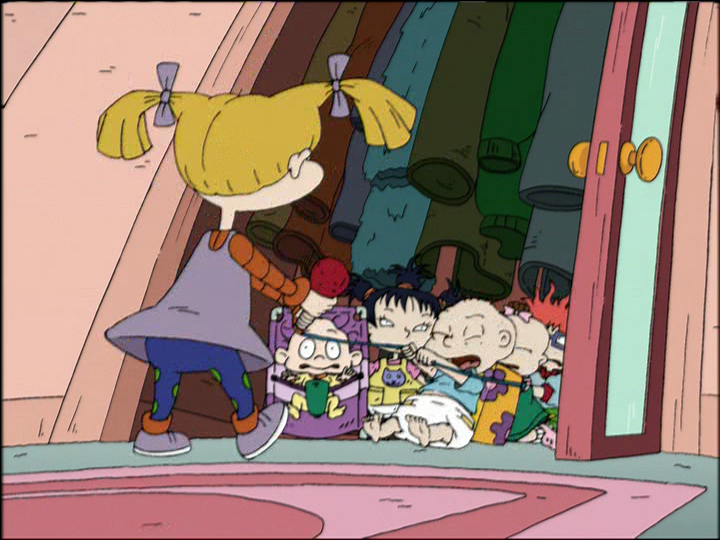Baby turns head to side when feeding
What Parents Should Know About Signs & Treatment
Symptoms of Infant Torticollis
When your baby has torticollis, they were probably born with it (congenital torticollis). If that’s the case, it’s usually due to the way your baby was positioned in utero. In some cases, infants develop torticollis after birth (acquired torticollis, which is normally caused by some kind of trauma or infection), but most cases can be traced back to birth. Understanding the symptoms of torticollis, congenital or acquired, will help you understand how to help your baby.
Congenital torticollis
Although your baby may have been born with torticollis, you may not notice any signs or symptoms until your baby’s between 6-8 weeks old. Around this age most infants begin to gain more control over their head and neck. At this point you may begin to notice the following symptoms:
- Head tilts or rotates to one side
- Limited range of motion in head and neck
- Asymmetry in your baby’s head and face (flattening on one side of the head)
- Breastfed babies may prefer one side over the other
- Musculoskeletal problems may be present (hip dysplasia)
- A small, soft lump in your infant’s neck
- The most commonly noticed symptom is plagiocephaly, or a flat spot appearing behind one ear and on the side the child likes to look toward
Acquired torticollis
Symptoms of acquired torticollis are:
- Head tilts to one side
- Limited range of motion in the head and neck
- Recurrent episodes of head tilting.
During these episodes, your child may also experience drowsiness, irritability, or vomiting
Causes of Torticollis
Infant torticollis happens when the muscles that connect the breastbone and collarbone to the skull (sternocleidomastoid muscle) are shortened. Because your baby’s neck muscle is shortened on one side of the neck, it pulls their head into a tilt or rotation, and often both. Often this muscle is shortened or tightened by abnormal fetal positions, injury during birth, abnormalities or bone problems in the neck portion of the spine, and in rare cases by inherited diseases that can cause damage to the nervous system or muscles.
Treatment for Infant Torticollis
The best way to treat torticollis is to encourage your baby to turn his or her head in both directions. This helps loosen tense neck muscles and tighten the loose ones. Rest assured that babies won’t likely hurt themselves by turning their heads on their own.
Torticollis exercises
Laying your baby on the stomach for brief periods while awake (known as "tummy time") is an important exercise because it helps strengthen neck and shoulder muscles and prepares your baby for crawling.
This exercise is especially useful for a baby with torticollis and a flat head — and can actually help treat both problems at once. Here's how to do it:
- Lay your baby on your lap or chest for tummy time
- Position your baby so his or her head is turned away from you
- Then talk or sing to your baby and encourage him or her to turn and face you Practice this exercise for 10 to 15 minutes several times a day
- Once your baby lays their head down for 10-15 seconds, they’re tired and need a rest.
Stretching exercises to treat torticollis are most likely to work well if they start when a baby is between 2 to 6 months of age. If you find your baby's torticollis isn’t improving with stretching, talk to your doctor or physical therapist.
In addition to tummy time, do what you can to encourage your baby to move to their affected side. For example, if your infant normally turns his head to the left, stand to his right when you’re changing him.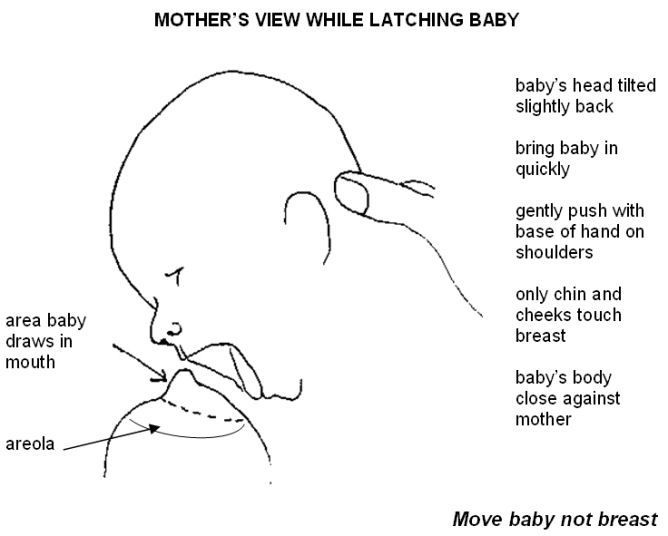 Do the same when you place him in his crib. For breastfeeding mothers, encourage your baby to feed from the side he doesn’t normally enjoy. All of these movements can strengthen your baby’s neck.
Do the same when you place him in his crib. For breastfeeding mothers, encourage your baby to feed from the side he doesn’t normally enjoy. All of these movements can strengthen your baby’s neck.
Here are some other exercises to try:
- When your baby wants to eat, offer the bottle or your breast in a way that encourages your baby to turn away from the favored side. (Use your child's desire to eat to encourage him or her along!)
- When putting your baby down to sleep, position him or her to face the wall while facing the direction they like to look. Since babies prefer to look out into the room, your baby will actively turn away from the wall, which will stretch the tightened muscles of the neck. Remember to always put your baby to sleep on his or her back, which reduces the risk of SIDS
- During play, draw your baby's attention with toys and sounds to make him or her turn in both directions
Physical therapy for infant torticollis
In certain cases, the doctor may suggest taking a baby to a physical therapist for more intensive treatment.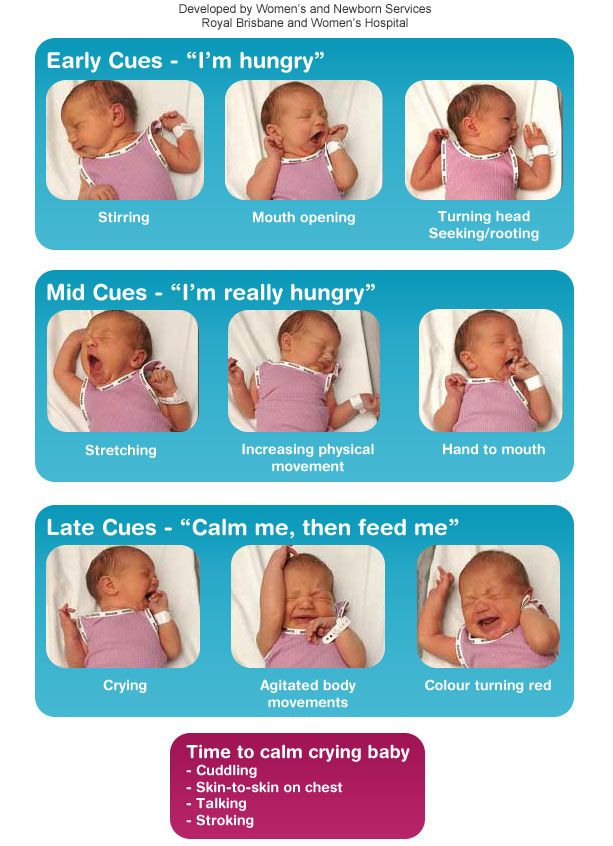 After treatment has started, the therapist may examine your baby every 2 to 4 weeks to see how treatment is going. At these follow-up visits, the physical therapist will measure how many degrees the baby can turn their head, then help strengthen the muscles in their neck so they can increase range of motion. They will also track any head shape issues and make recommendations about how to decrease any flatness that may be present. Some children will require a helmet, but most will not.
After treatment has started, the therapist may examine your baby every 2 to 4 weeks to see how treatment is going. At these follow-up visits, the physical therapist will measure how many degrees the baby can turn their head, then help strengthen the muscles in their neck so they can increase range of motion. They will also track any head shape issues and make recommendations about how to decrease any flatness that may be present. Some children will require a helmet, but most will not.
Surgical options
When physical therapy and home exercises don’t correct your child’s head tilt, surgery may be required. Thankfully, this happens only rarely with babies who have persistent torticollis that doesn’t respond to conservative treatment. Very few children with congenital torticollis will require surgery. The surgery lengthens the sternocleidomastoid muscle and corrects the torticollis. Typically, your doctor will wait until your child reaches preschool years before recommending surgery.
When to see your doctor
Make an appointment with your doctor if your baby’s treatment for torticollis doesn’t seem to be helping, or if they develop new symptoms. Additionally, if your child’s torticollis develops after an injury or illness, see you doctor right away.
Does Your Infant Prefer to Turn to One Side? It May Be a Sign of Torticollis
As most new parents know, babies can be very particular about their likes and dislikes. Many of these preferences are harmless, but one in particular can be linked to a musculoskeletal condition that can impact an infant’s growth and development. Any child can develop it, so all parents should be on the lookout.
Called congenital muscular torticollis (CMT), this condition is caused by a shortening of the muscle that bends and turns the head and neck. Babies with CMT typically tilt their heads to one side and prefer to face in the opposite direction. Often, there’s also a flattening of the back of the baby’s head on the side he or she prefers to turn to.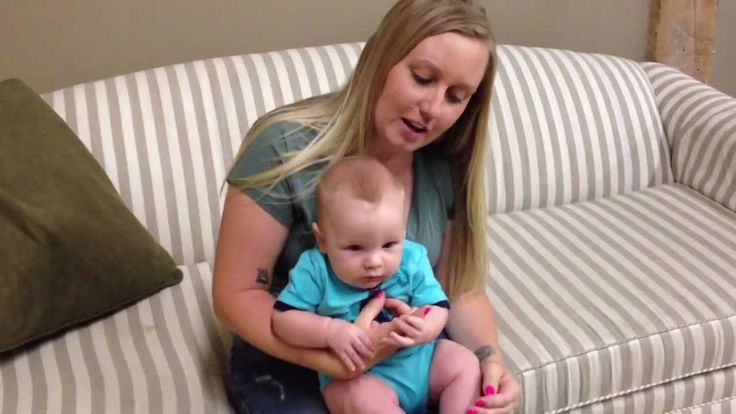
In most cases, CMT is successfully treated with physical therapy. But there are gentle range of motion and strengthening exercises parents can do at home to complement the physical therapy routine, along with general guidelines for holding and positioning the baby.
HSS pediatric physical therapists Frances Baratta-Ziska and Magdalena Oledzka offer these suggestions for parents and caregivers to try at home to either prevent CMT or to complement physical therapy treatments.
1. Carry your baby.
Too much time in car seats, swings, strollers and bouncers can restrict a baby’s movement and cause prolonged pressure on the back of the head. Carrying your baby in your arms or in a sling or carrier whenever you can will give your child more freedom to turn from side to side. It’s also important to give your baby time to move and play freely in a playpen or on a blanket on the floor, with adult supervision.
If you do use a carrier, change the position often to encourage your baby to look in different directions. Front carriers can be used for babies who are too small to hold their heads up on their own, with the baby facing inward. Once they have good head control, babies can be placed facing away from the adult who’s carrying them. If you notice your child’s head turned to one side or the other when in the car seat or stroller, gently turn it to the center.
Front carriers can be used for babies who are too small to hold their heads up on their own, with the baby facing inward. Once they have good head control, babies can be placed facing away from the adult who’s carrying them. If you notice your child’s head turned to one side or the other when in the car seat or stroller, gently turn it to the center.
2. Increase tummy time.
Anyone who’s ever been around a young baby is probably familiar with the importance of tummy time. Spending time on their bellies while awake encourages infants to strengthen their neck, shoulder, arm and back muscles, which is necessary for head control and to roll, sit and crawl. Tummy time also helps avoid flattening on the back of the head.
Try to get in at least 15 minutes of tummy time four times per day. If your baby is unable to tolerate being in this position for the whole time, use shorter intervals more frequently throughout the day, building up to the full 15 minutes.
Another tip: Babies love to look at faces. Positioning your infant on your chest or lap will encourage them to lift their head to look at you. You can also place a mirror in front of your baby’s face, since babies love to look at themselves too! Again, however you set up for tummy time, it’s crucial that your baby is awake and supervised by an adult.
Positioning your infant on your chest or lap will encourage them to lift their head to look at you. You can also place a mirror in front of your baby’s face, since babies love to look at themselves too! Again, however you set up for tummy time, it’s crucial that your baby is awake and supervised by an adult.
3. Encourage specific types of play.
Activities that use both the hands and legs position a baby’s body at midline, or the center of the body. Infants commonly play by bringing their hands together and their feet up to their hands, which strengthens their belly muscles and prepares them for rolling. Encourage your baby to reach for toys and rattles equally with either hand. Also keep your baby’s head centered when in your lap.
You can also influence the direction your baby looks by placing toys on both sides. Use toys with lights and sounds to entice your baby to actively turn from side to side, whether on the tummy or the back.
4. Alternate feeding positions.

Switch up the arm with which you hold your infant during feeding. Whether breast or bottle feeding, it’s important to change positions—for each feeding session, if possible—to give your baby an opportunity to turn the head to both sides.
5. Position the head for sleep.
When you put your baby down for the night (always on the back), alternate the side to which the head turns to prevent a flat spot from developing. You can alternate which end of the crib is the top end so that the baby is encouraged to look out in all directions.
Non-Children's Baby Neck Problems - Into-Sana
I think that many people have encountered such a problem as the incorrect position of the baby's head. When a child constantly turns his head in the same direction, or tilts it to the same shoulder. In medicine, this condition is called torticollis. According to statistics, every 4-5 newborns have certain signs of an incorrect head position. Parents voice a lot of explanations for this phenomenon: either the child was “lying down”, laying on one side all the time, then they were “tightly swaddled”, then “dad also had it”, then he, that is, the child, “loves so much”). Often, parents do not even think about the true cause of this rather significant problem that requires immediate treatment. And all this postpones a timely visit to the orthopedist for a long time.
Often, parents do not even think about the true cause of this rather significant problem that requires immediate treatment. And all this postpones a timely visit to the orthopedist for a long time.
Now more about the pathology itself. There are several reasons for the formation of torticollis in children. It can be congenital and acquired. Today I would like to dwell on the most common cause of acquired torticollis in newborns - this is an injury to the cervical spine during childbirth.
Not only a woman, but also a man knows that childbirth is a difficult process, often very traumatic, and there is always a danger, even during normal childbirth, of mechanical damage to the fetus. And besides the mistakes of obstetricians, this is also facilitated by objective reasons, the pathology of the labor activity itself, a change in the shape and size of the head of the child and the birth canal of the mother.
However, in the process of even physiological childbirth, the generally accepted manipulations of the midwife are often dangerous for the fetus, especially for its cervical spine.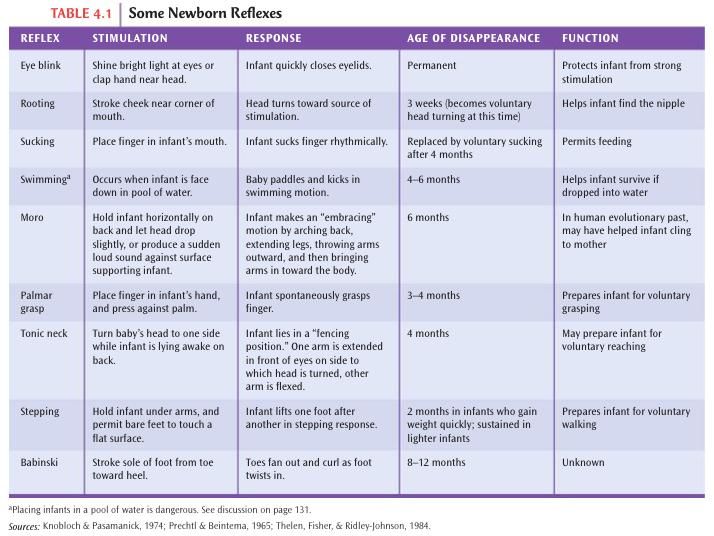
Significantly increase the risk of traumatization of the cervical spine of the newborn:
or, conversely, prolonged labor with drug stimulation
7. emergency caesarean section
8. delivery of a large fetus
9. multiple pregnancy.
One or more of these conditions greatly increase the likelihood of mechanical impact on the fragile neck of the newborn.
But even if there is a minimal deformity of the cervical vertebrae, and it is not detected and treated in time, then in the future it can lead to completely unexpected disorders in the development of brain structures. During growing up and life, the child will experience disturbances in the functions of attention, memory, emotional sphere, complications of the auditory, cardiovascular, endocrine and even immune systems.
With age, these children develop delayed speech development, speech understanding, headaches, behavioral disorders in the form of excessive capriciousness, aggression, and increased motor activity. Autism-like states can form, etc. Muscle tone in these children is usually reduced. With an injury to the upper cervical spinal cord, gait and coordination disorders, vicious foot installations, various types of posture disorders and spinal deformities can be observed, and myopia develops.
Autism-like states can form, etc. Muscle tone in these children is usually reduced. With an injury to the upper cervical spinal cord, gait and coordination disorders, vicious foot installations, various types of posture disorders and spinal deformities can be observed, and myopia develops.
What parents should pay attention to
The first thing parents should pay attention to after discharge from the hospital is how the child behaves during any manipulations with the head and neck. Due to provoking pain in the neck, these children do not like to swim, wear caps, prefer the same breast during feeding. The neck in the first days of the child can be shortened, with an abundance of transverse folds, as if pressed into the shoulders, or elongated. The head can be sharply thrown back or turned to the side. These two symptoms may be combined. When you try to bring the head into the correct position, the child cries. There may be tension, soreness, swelling and hardening of the trapezius and posterior cervical muscles.
Sometimes these changes are not rough at first and go unnoticed. Later, under the influence of certain provocations, the previous minimal symptoms become more obvious. As a rule, these children later begin to hold their head in a prone position. They form an asymmetry of the occipital and frontal regions. Due to different muscle tone, infantile scoliosis and asymmetry of the pelvic girdle appear. Gradually, from the stage of rotation, the torticollis passes into the stage of inclination. During this period, attention is drawn to the different distance of the location of the auricles in relation to the shoulders. The head seems to fall to one side.
All these symptoms should alert the parents and the family doctor, should serve as a reason for an immediate visit to a pediatric orthopedist.
Remember! The neonatal period determines the entire subsequent life of the child, his mental and physical abilities, and even many of his future illnesses .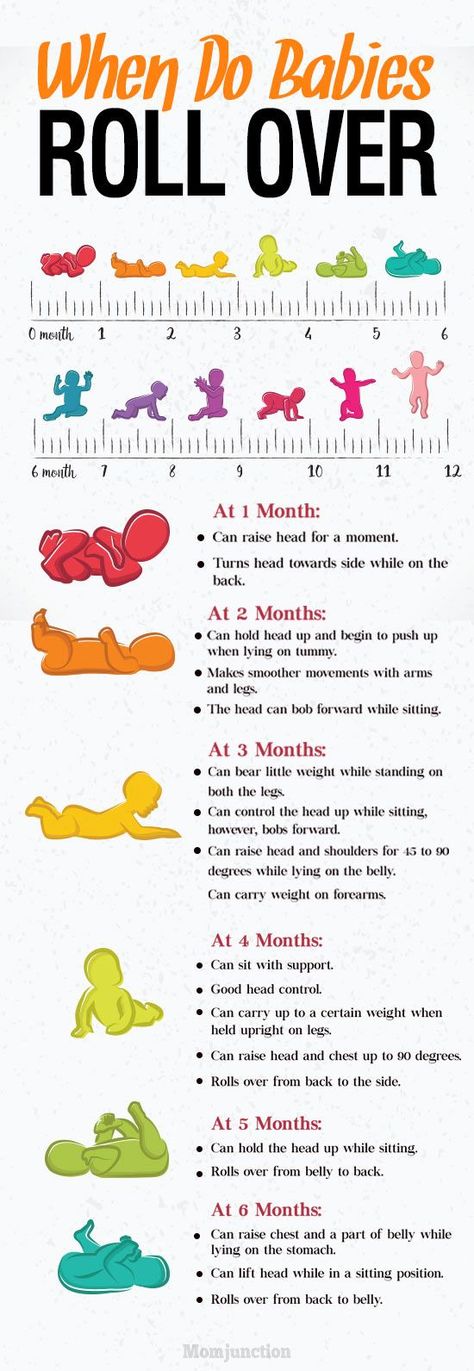
However, these neuroorthopedic symptoms are often overlooked or misunderstood. As a result, the most precious days and weeks are missed, when it is still possible to change something, to fix it.
As one of the leading figures in medicine, pediatric neurologist Alexander Yurievich Ratner, said: “Many diseases of older children and even adults are a late retribution for unrecognized troubles of the neonatal period” .
I want to give advice to expectant mothers to prepare the female body for childbirth even at the stage of pregnancy planning.
Particular attention should be paid to the entire pelvic girdle of a woman, its muscles and ligaments, and consult an orthopedist in time to rule out problems in this area responsible for childbirth. It is the presence of a twisted pelvis in the expectant mother that makes it difficult for the fetus to pass through the birth canal. Love your future child right now and do everything so that he is born and grows up healthy.
Dear parents, be attentive to your children, watch the position of your child's head! Better yet, show it to an orthopedist as soon as possible! Especially after complicated childbirth! And together with you we will do our best to keep your child healthy!
Pediatric orthopedist of Into-Sana multidisciplinary polyclinic
Mironova Marina Aleksandrovna
Torticollis - ProMedicina Ufa
It occurs as a result of pathological changes in the bones, nerves and soft tissues of the neck. May be congenital or acquired. Congenital torticollis is an intrauterine malformation, acquired may develop as a result of pathological childbirth, trauma, infectious diseases and diseases of the nervous system. Torticollis can result in deformities of the skull and spine, neurological disorders, impaired intellectual development, decreased memory and attention, and impaired respiratory function.
Causes
Congenital torticollis appears in the prenatal period as a result of an infectious disease of the mother or fetus, pathology of the pelvic structure in the mother, abnormal position of the fetus relative to the pelvis, genetic and chromosomal diseases.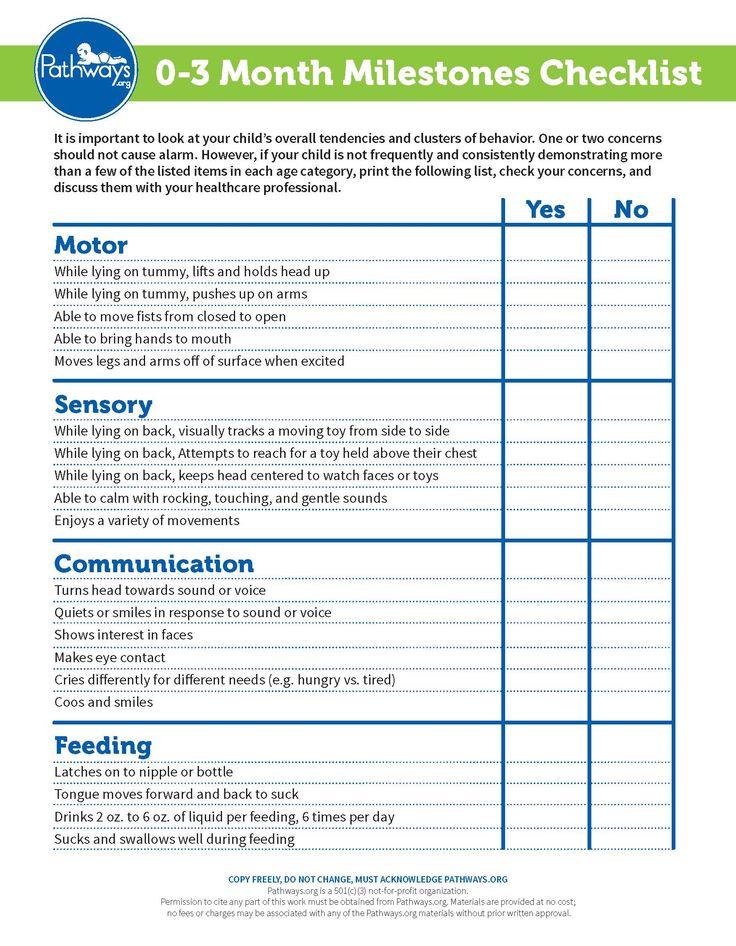 Acquired torticollis may appear as a result of pathological childbirth with trauma to the neck muscles, dislocation, ischemia, entanglement of the umbilical cord, and may occur at a later age due to infection, trauma, diseases of the nervous system.
Acquired torticollis may appear as a result of pathological childbirth with trauma to the neck muscles, dislocation, ischemia, entanglement of the umbilical cord, and may occur at a later age due to infection, trauma, diseases of the nervous system.
Symptoms
You can detect a pathology in a child if you carefully monitor his condition and behavior. Obvious symptoms of torticollis:
- The child keeps the head tilted to the right or left.
- The baby constantly turns his head to one side.
- The baby fails to keep his head upright in a straight position.
- The part of the neck on the side to which the baby turns his head becomes hard to the touch.
Seek medical attention as soon as possible if these signs are observed. If measures are not taken in time, then the child may experience such consequences as the disproportionate development of the skull, the asymmetric position of the eyes, mouth and other parts of the face. The large side of the neck is shortened, the tissues on this side are compacted. The whole structure of the body gradually changes. First of all, the collarbones and shoulders are subjected to deformation. Over time, scoliosis develops due to the inability to keep the head upright.
The whole structure of the body gradually changes. First of all, the collarbones and shoulders are subjected to deformation. Over time, scoliosis develops due to the inability to keep the head upright.
Diagnosis
The basis of diagnosis is a thorough examination of the child by an orthopedist and a visual assessment of the position of the head, palpation of the muscle and its comparison with the healthy side, setting the head to the required position.
For the purpose of additional diagnostics, an x-ray of the cervical spine is performed, and sometimes an MRI of the cervical spine will be used.
Treatment
Treatment for torticollis depends on the type of torticollis. Both conservative and surgical methods are used. The earlier treatment is started, the faster the pathology can be corrected. Therefore, it is important to seek medical help immediately if any symptoms of the disease occur. Treatment is prescribed by an orthopedic traumatologist.


